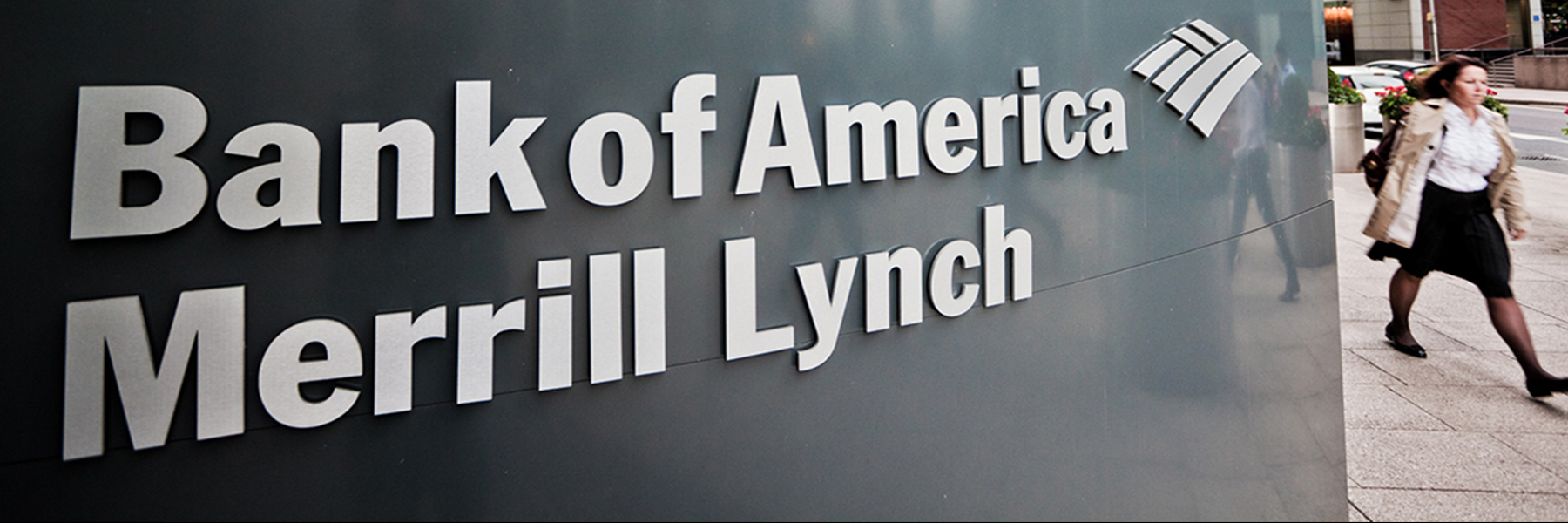Around 60% of Merrill Lynch brokers earned more last year under the firm’s “growth grid” that ties their compensation to attracting new customers and assets, a company spokesman confirmed.
Another 22% of Merrill brokers had their pay cut for not meeting targets while 18% maintained their payout rate. The grid, which was introduced in 2018, adds or subtracts one or two percentage points from broker payout rates for net household and asset growth.
Merrill executives touted the numbers as a strong recovery from the pandemic-afflicted 2020 when only 48% of brokers qualified for a higher pay level and 30% saw a reduction.
“Merrill advisors enter this year with tremendous momentum, having achieved best-ever growth grid results in 2021, and many having had their best year ever,” Kirstin Hill, Merrill’s chief operating officer, said in an emailed statement.
Merrill is set to pay a net total of $134 million in additional compensation for 2021 in connection with the program, an increase from $72 million in 2020, the spokesman said. That equated to around $15,000 on average per eligible experienced broker.
Under the growth grid, which Merrill kept in place for 2022, brokers must add at least three net new households per year to maintain their current pay or face a 100 basis point cut. They can earn an additional 100 basis points for adding six or more.
Merrill’s growth grid also includes awards and penalties for annual net new assets, requiring at least 2.5% year-over-year growth to avoid a percentage-point payout cut and 5% growth for a 1% grid-rate bump.
The plan also includes a “top performer” bonus that adds a total of 3% to the payout rate if brokers add at least 30 net new households or have $150 million in net asset flows. Around 210 brokers qualified for the top award in 2021, a spokesperson said. That was above the 130 who qualified in 2020 and 100 in 2019.
The growth grid, which took effect the year after Merrill President Andy Sieg froze veteran broker recruiting, helped propel net new households to 22,000 in 2020, a figure that the spokesman said Merrill was likely to hit again for 2021.
That would still be below the 35,000 that brokers attracted in 2019 but well above 2017 levels prior to the grid when the average broker added less than one new account per year on a net basis.
Still, the program has been controversial among brokers, including some who have qualified for bonuses but still said they felt distracted from serving their core customer base by the mandate to prospect.
Merrill also offers incentives to advisors for cross-selling its Bank of America parent’s products or getting clients to use more digital services. In 2019, it stopped paying brokers on the first 3% of monthly revenue they produce–a policy Sieg told brokers during a town hall in October brought the firm in line with competitors’ pay policies on advisory revenue.
Merrill’s net new household growth meanwhile was on track with last year. The spokesman said that a final year-end tally was not available, but that Merrill brokers had added over 16,500 through the end of the first three quarters of 2021, consistent with the first three quarters of 2020 when it added a total of 22,000 for the full year.
Morgan Stanley Wealth Management and Wells Fargo Advisors lean on deferred compensation awards to drive brokers to gather assets. Morgan Stanley told brokers in December it would in late 2022 begin crediting them for new customer assets brought in through the E*Trade self-directed platform, while Wells sweetened its new asset bonus with additional awards for top growers, according to a plan unveiled last month.
Original article: AdvisorHub



